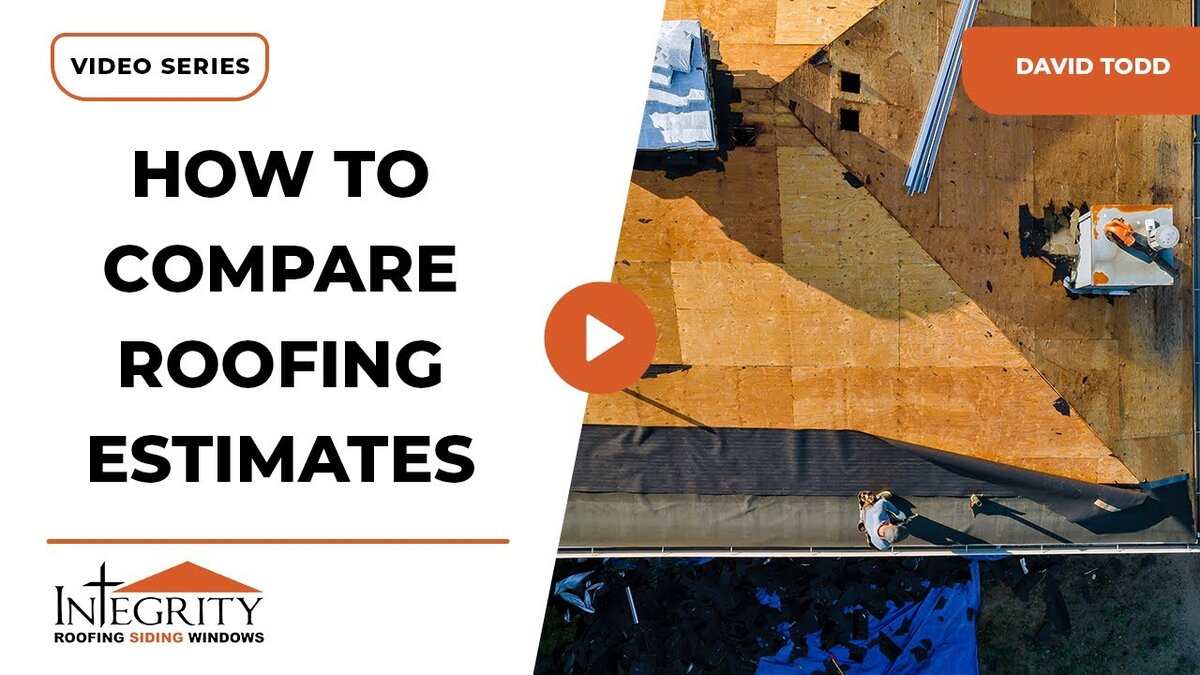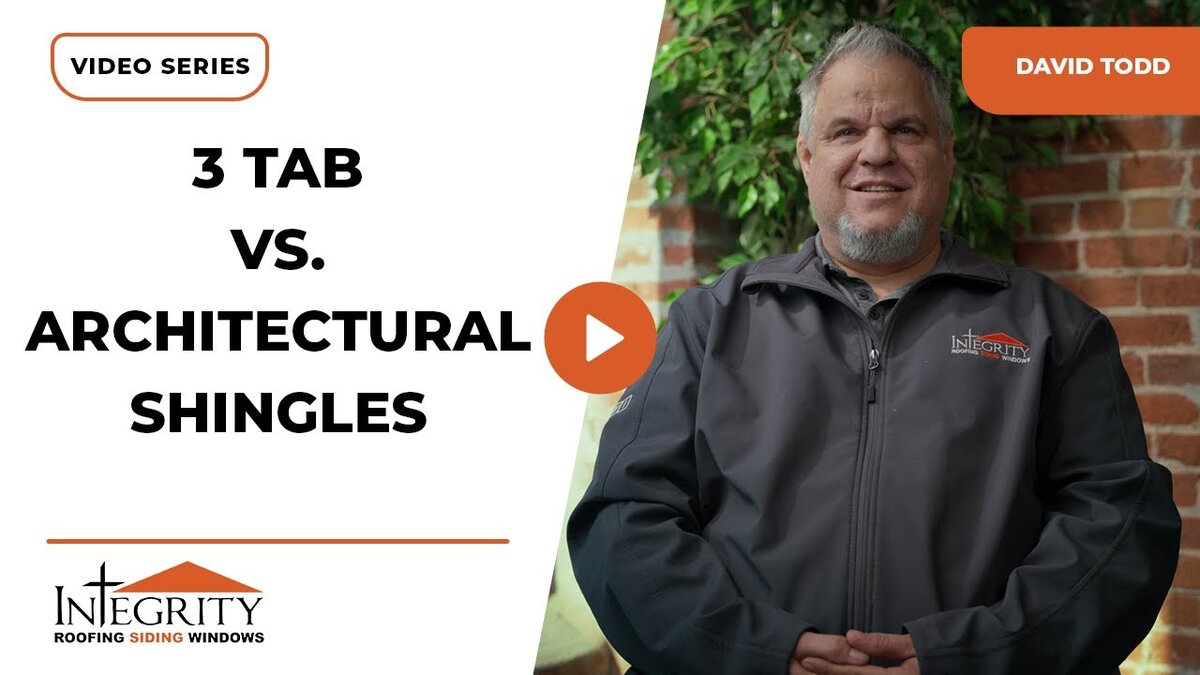When it comes to roofing, the type of shingle you choose plays a critical role in the longevity and appearance of your home. Many homeowners find themselves at a crossroads, trying to decide between architectural shingles and traditional asphalt shingles. Both options have their merits, but understanding the differences between them is key to making an informed decision. Let’s explore what sets these two types of shingles apart and how each can impact your roofing project.
Asphalt Shingles
Asphalt shingles have long been a popular choice for roofing, known for their affordability and ease of installation. Typically, when people refer to asphalt shingles, they’re talking about the older style known as three-tab shingles. These shingles get their name from the three rectangular tabs that are clearly visible on each shingle strip.
Three-tab shingles are flat, offering a more uniform and basic appearance. They were once the go-to option for those seeking a cost-effective roofing solution, often advertised as 20 or 25-year shingles. However, their lower cost comes with some trade-offs. The lifespan of three-tab shingles is generally shorter compared to their modern counterparts, and they lack the aesthetic appeal of more contemporary shingle designs.
The Decline of Three-Tab Shingles
Over time, the popularity of three-tab shingles has waned. Major manufacturers have shifted focus away from these shingles, making them less common and, ironically, more expensive than they once were. The reason behind this shift is simple: three-tab shingles don’t offer the same durability or aesthetic benefits as architectural shingles, which have become the new standard in roofing.
As three-tab shingles phase out, more homeowners are turning to architectural shingles for their roofing needs. These newer shingles not only provide better longevity but also enhance the overall look of a home with their textured appearance.
Architectural Shingles
Architectural shingles, sometimes referred to as dimensional or laminate shingles, are essentially an upgraded version of the traditional asphalt shingle. These shingles are designed with multiple layers, giving them a more dimensional and textured look, similar to wood shakes.
Here are some key advantages of architectural shingles:
- Enhanced Durability: Architectural shingles are thicker and contain more asphalt, which makes them more robust and resistant to weathering. This added durability often comes with a longer warranty, sometimes extending up to a lifetime.
- Aesthetic Appeal: Unlike the flat, uniform appearance of three-tab shingles, architectural shingles offer varied shapes, colors, and shadow lines. This variety creates a more visually appealing roof that can complement a wide range of home styles.
- Increased Value: Because of their durability and visual appeal, architectural shingles can increase the resale value of your home. Buyers often view these shingles as a premium feature, which can make your property more attractive on the market.
- Better Wind Resistance: Architectural shingles generally provide better protection against high winds compared to three-tab shingles. This makes them an excellent choice for homes in areas prone to strong storms.
Specific Components of Architectural Systems
One of the notable differences between architectural shingles and older asphalt shingles is the roofing system components. Manufacturers design architectural shingle systems to include specific parts that work together to enhance performance and warranty coverage.
Key components include:
- Starter Strip: This is the first row of shingles installed, providing a secure foundation for the entire roof.
- Hip and Ridge Shingles: These are specially designed shingles that cover the roof’s hips and ridges, offering both protection and a finished look.
These components are essential because they are designed to work together, which allows manufacturers to offer extended warranties. Using the right products for each part of the roof ensures that your roof is not only more durable but also fully covered under warranty.
In Summary
When choosing between architectural shingles and traditional asphalt shingles, it’s clear that architectural shingles offer several advantages. They provide enhanced durability, a more appealing look, and better overall protection for your home. As three-tab shingles become less common and more expensive, the choice for many homeowners is increasingly leaning toward architectural shingles.
If you’re considering a roofing project and want to explore the benefits of architectural shingles, contact us today. We can help you select the best roofing system to meet your needs and ensure that your home is protected for years to come.





